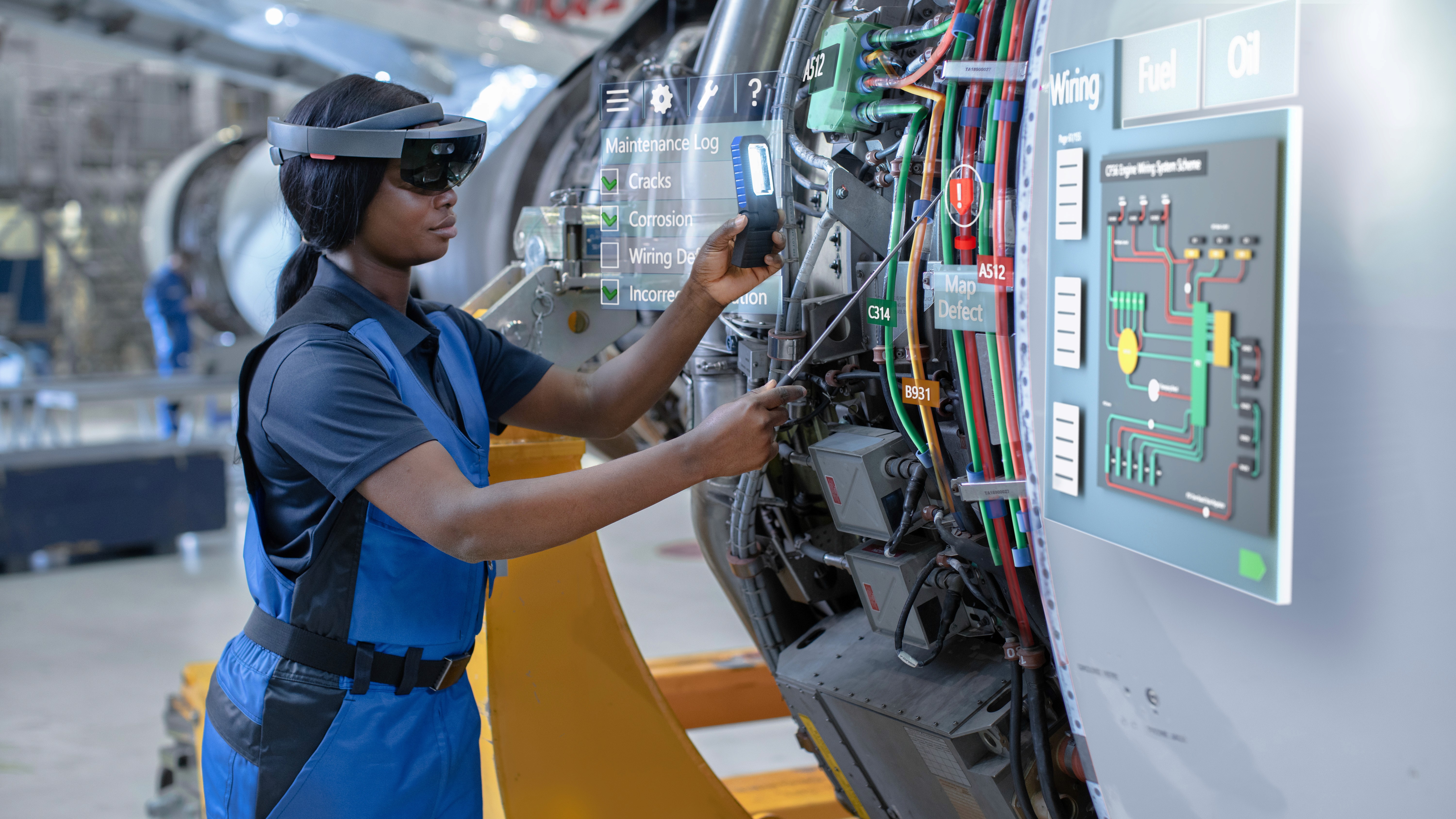Jan 2, 2024
Introduction
In the fast-paced and technologically advanced aerospace industry, the integration of cutting-edge technologies is essential for maintaining a competitive edge. Augmented Reality (AR) has emerged as a transformative tool with a myriad of applications that significantly benefit the aerospace sector in Singapore. In this article, we will explore the specific advantages of incorporating AR in various aspects of aerospace operations.
Maintenance and Repairs:
AR facilitates streamlined maintenance and repairs by providing technicians with real-time, hands-free access to critical information. In Singapore's aerospace sector, AR-equipped smart glasses or devices can overlay digital instructions, schematics, and diagnostic data onto physical aircraft components. This not only accelerates the troubleshooting process but also reduces errors, leading to more efficient maintenance procedures.
Training and Skill Development:
The aerospace industry in Singapore places a strong emphasis on workforce training and development. AR plays a crucial role in enhancing training programs by offering immersive, interactive simulations. Technicians and engineers can undergo realistic, hands-on training scenarios, allowing them to gain practical experience in a risk-free environment. This approach not only accelerates the learning curve but also contributes to a highly skilled and proficient workforce.
Remote Assistance:
With Singapore's aerospace companies often operating on a global scale, the need for effective remote assistance is paramount. AR enables experts to provide remote guidance to on-site technicians in real-time. Through AR-enabled devices, such as smart glasses, experts can see exactly what on-site technicians are seeing, facilitating faster and more accurate troubleshooting and problem resolution.
Supply Chain Management:
AR technology can streamline supply chain processes in the aerospace sector. By leveraging AR for logistics and inventory management, companies in Singapore can enhance the tracking and monitoring of aircraft components, reducing the risk of errors and improving overall efficiency. Real-time data visualization through AR can optimize inventory levels and minimize downtime.
Enhanced Collaboration:
Collaboration among different teams, both locally and internationally, is crucial in the aerospace sector. AR fosters improved communication and collaboration by enabling teams to share 3D models, designs, and data in real-time. This level of collaboration enhances decision-making processes and ensures that all stakeholders are on the same page, contributing to more efficient project execution.
Conclusion

As Singapore continues to solidify its position as a hub for aerospace innovation, the integration of Augmented Reality emerges as a pivotal factor in achieving and maintaining excellence. From revolutionizing maintenance and repairs to transforming training programs and enhancing collaboration, the benefits of AR in the aerospace sector are vast and varied. By embracing this transformative technology, Singapore's aerospace industry is poised to lead the way in efficiency, safety, and overall operational excellence on the global stage.





